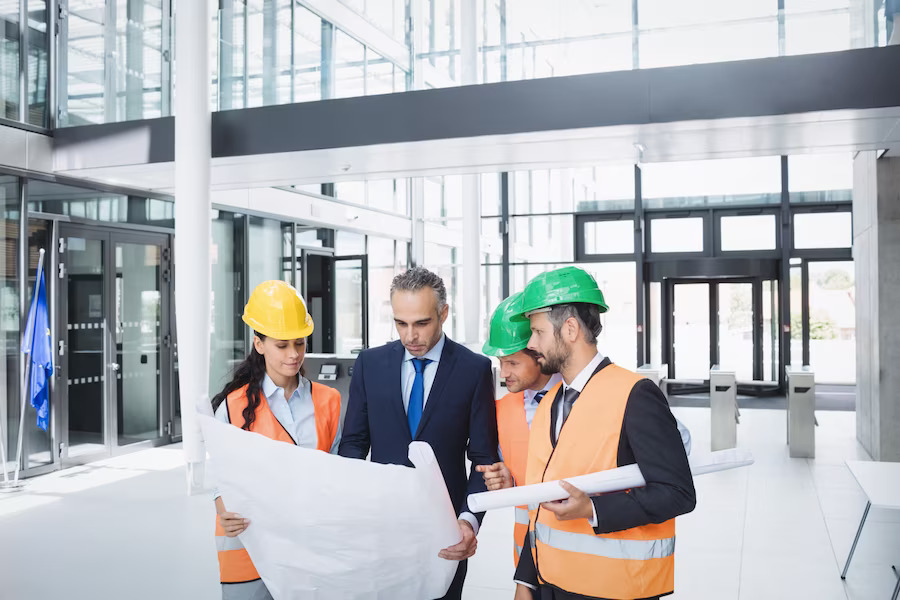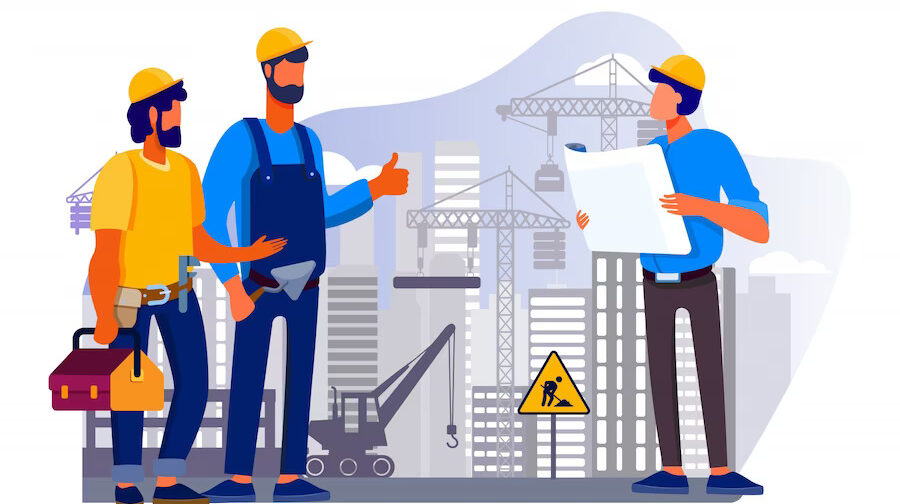Safety First: The Role of Construction Training in Preventing Accidents
- 1 Role of Construction Training in Preventing Accidents
- 1.1 Enhancing hazard recognition and awareness
- 1.2 Promoting proper equipment handling and use
- 1.3 Ensuring compliance with safety regulations and standards
- 1.4 Encouraging safe work practices
- 1.5 Emergency preparedness and response
- 1.6 Cultivating a safety culture
- 2 Conclusion
The construction industry is one of the most important factors in the growth and development of societies worldwide. However, it is also one of the most hazardous industries, with a high risk of accidents and injuries. Therefore, construction training programs equip workers with the necessary skills and knowledge to prevent accidents and promote a safe working environment.
In this article, we’ll explore the significance of construction training in accident prevention, discussing its various aspects, benefits, and how it can contribute to a safer construction industry.
Role of Construction Training in Preventing Accidents
If your work is related to construction, directly or indirectly, this article will be very helpful to you. So let’s start!
Enhancing hazard recognition and awareness
Construction training programs provide workers with essential knowledge about potential hazards in the workplace.
If workers can recognize and understand hazards, accidents can be prevented to a great extent.
The training covers topics such as identifying electrical, fall, and machinery hazards, recognizing hazardous materials, and understanding safety signage.
Workers with increased hazard recognition and awareness are better equipped to take proactive measures to prevent accidents.
Promoting proper equipment handling and use
Construction sites are filled with various types of equipment, machinery, and tools, which, if mishandled, can lead to severe accidents.
Training courses educate workers on the correct methods of handling and using equipment safely.
The course includes training on equipment inspection, maintenance, and operation procedures.
The risk of accidents due to equipment failure or misuse drops significantly if workers are trained to handle equipment correctly.
Ensuring compliance with safety regulations and standards
Construction training emphasizes the importance of complying with safety regulations and standards set by local authorities and industry bodies.
These regulations encompass a wide range of safety aspects, including personal protective equipment (PPE) requirements, fall protection, scaffolding, and electrical safety.
Organizations can ensure employees understand and adhere to the necessary safety protocols by training workers on these regulations. This also minimizes potential legal issues.
Encouraging safe work practices
Construction training programs instill safe work practices in workers. It teaches them to work in teams, communicate effectively, and follow established protocols for specific tasks.
For example, while working at a construction site, workers must collaborate and work together to complete the project before the deadline. If they are trained on the proper use of equipment used at the site, such as ladders, scaffolding, and harnesses, they can work as a team and help each other even when they lack some resources.
Emergency preparedness and response
Accidents can still occur despite the best preventive measures. Construction training programs include education on emergency preparedness and response protocols.
These programs train workers to respond to fires, chemical spills, and medical emergencies. Training equips workers with knowledge about evacuation procedures, first aid techniques, and the proper use of firefighting equipment.
If applied in emergencies, the right knowledge can save many lives and reduce the severity of accidents.
Cultivating a safety culture
Construction training focuses on individual skills and knowledge and promotes a broader safety culture within the industry.
When companies emphasize the importance of safety and encourage workers to prioritize it, a positive safety culture is fostered.
This culture emphasizes continuous improvement, open communication about safety concerns, and shared responsibility among all workers to maintain a safe working environment.
A strong safety culture encourages workers to proactively identify hazards and take preventive measures.
If you’re ready to invest in construction training for yourself or your employees, the Construction Training Group is the best destination to look for various programs for your needs. You can just type “Construction Training Victoria” in the Google search, and their website appears on the first rank.
Conclusion
Construction training programs and courses are critical components in preventing accidents and ensuring the safety of workers in the construction industry.
By providing comprehensive training programs, companies can enhance hazard recognition, promotes proper tools and equipment handling, ensure compliance with safety regulations, encourage safe work practices, and develop emergency preparedness and response skills.
Moreover, construction training establishes a safety culture where all workers actively contribute to accident prevention.
By investing in construction training, you protect workers and see increased productivity, decreased costs associated with accidents, and a positive reputation for your construction company committed to safety.


















